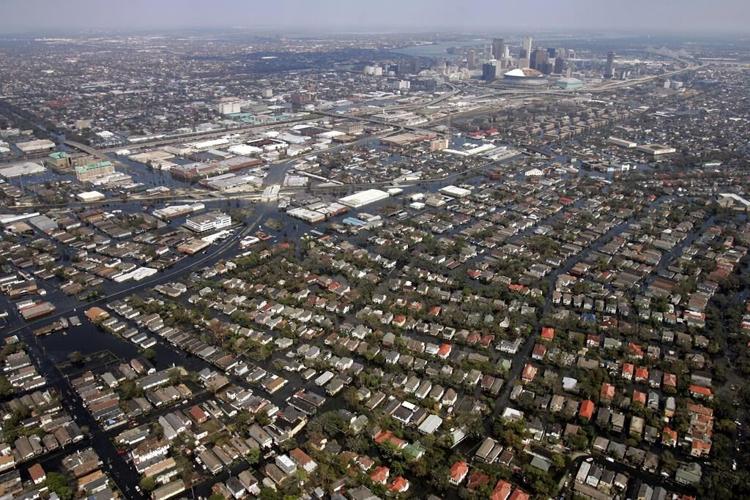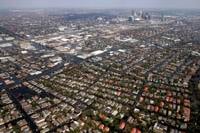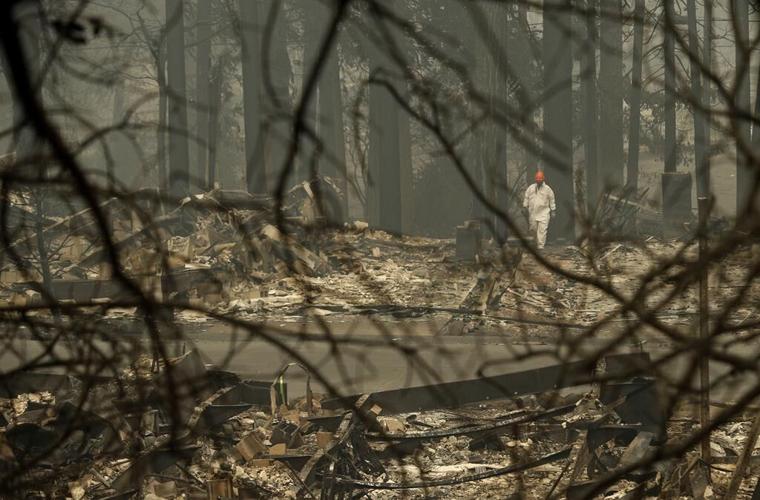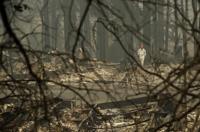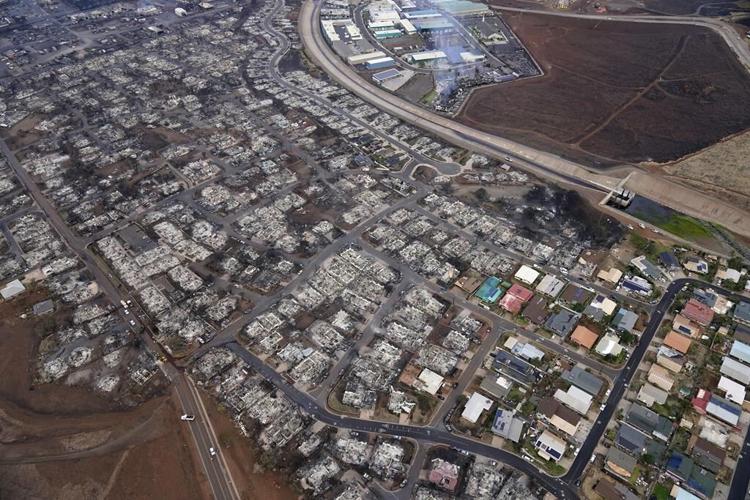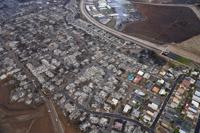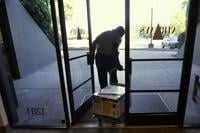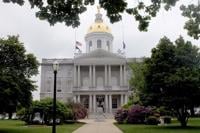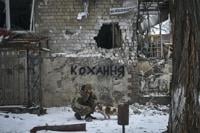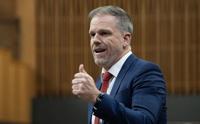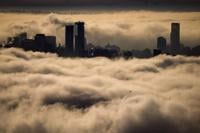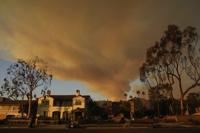Kim Cuevas-Reyes, a 38-year-old cellphone store owner, snuck into Lahaina last Friday to see the remnants of her home with her own eyes. She took backroads and walked. What she saw stunned her.
âWhen you step into the house, itâs like an inch or two of ash. There is nothing," she said, adding that she hopes to stay and rebuild her home and destroyed business and is in touch with the insurance company.
More than by fire, smoke or both. Insured property losses alone already total some $3.2 billion, according to Karen Clark & Company, a prominent disaster and risk modeling firm.
With a that has as well as families that have been there for decades, concerns are rising that the state could become the latest example of âclimate gentrification,â when it becomes harder for local people to afford housing in safer areas after a climate-amped disaster.
It's a term Jesse Keenan, an associate professor of sustainable real estate and urban planning at Tulane University School of Architecture, first started lecturing about in 2013 after he noticed changes in housing markets following extreme weather events.
Jennifer Gray Thompson is CEO of After the Fire USA, a wildfire recovery and resiliency organization in the western U.S., and worked for Sonoma County during the destructive Tubbs Fire in October 2017. Thompson said Maui is one of the âscariest opportunities for gentrificationâ that sheâs seen because of âthe very high land values and the intense level of trauma and the people who are unscrupulous who will come in to try to take advantage of that.â
Thompson predicted potential developers and investors will research who has mortgages and said Maui residents should expect cold calls. âYou wonât be able to go to a grocery store without a flyer attached to your car,â she said.
his state attorney general will draft a moratorium on the sale of damaged properties in Lahaina, to protect local landowners from being âvictimizedâ by opportunistic buyers as Maui rebuilds.
Thompson said she supports that âwholeheartedly." But she acknowledged some people wonât be able to afford to rebuild and will want to sell their land.
While one extreme weather event cannot be entirely blamed on climate change, experts say storms, fires and floods, which are becoming more damaging in a warming world, help make Hawaii one of the riskiest states in the country. Earthquakes, tsunamis and volcanoes, which are not related to climate change, also add to this risk.
According to an by The Associated Press, there were as many federally declared disaster wildfires this month as in the 50 years between 1953 and 2003. Additionally, burned area in Hawaii increased more than fivefold since the 1980s, according to figures from the University of Hawaii Manoa.
Justin Tyndall, an assistant professor at the University of Hawaii Economic Research Organization, explained that Hawaii is the most expensive state to rent or own a home in the U.S. âby a considerable marginâ with a median price single family home on Maui exceeding $1 million. âEven in the condominium market on Maui, the median price is close to $900,000, so thereâs really no affordable options throughout all out of the state,â he explained.
Until now, when homeowners in Hawaii have considered climate change, Tyndall said, it's been coastal erosion, sea level rise and hurricanes, mainly. âWildfire was something that was on peopleâs radars. ... But obviously the extensive damage, most people didnât predict,â he said. Fire needs to be taken more seriously now, he said.
Maui has stringent affordable housing requirements for new multifamily construction, Tyndall said. But the practical effect has been that very little housing gets built. So new supply is low, both for affordable housing and rentals at market rate, "which just makes housing more expensive for everyone," he said.
Tyndall said the Native Hawaiian community has been hit the hardest by the housing crisis and there has been a âhuge exodusâ due to this lack of affordable housing.
On Wednesday, the Indigenous-led NDN Collective issued a statement supporting community-led rebuilding for Lahaina, âin ways that center the values, ancestral connections to land and water, and Indigenous knowledge systems of the kÄnaka Ê»Åiwi, Native Hawaiian people.â
After using the term in lectures, Keenan went on to popularize the concept of climate gentrification as a lecturer at Harvard University in 2018 and that focused on Miami, where Black communities have historically lived at higher elevations because the wealthy wanted to live close to the beach. Now that seas are rising and higher ground is becoming more valuable, that's leading to disruption and displacement, Keenan said.
As with any gentrification, some people do see benefits.
âIf you own a home, itâs great â the value of your home goes up. But if youâre a renter or a small business, your rent may go up to the extent that you become displaced over time,â Keenan said.
With wildfires, areas that don't burn become more desirable, changing cost of living considerably. The , was an example of this as people moved down into the Central Valley to Chico where there is far less risk of wildfire, Keenan added.
âIt led to massive displacement; rental costs increased significantly, a really huge shift. Everything from the school district to their transit system,â he said.
Other examples are New Orleans after Hurricane Katrina and various cities in Puerto Rico after Hurricane Maria, where many people could not afford to come back.
âThe rebuilding of these spaces look very different from the types of communities that were living there before and what made them unique and special to begin with,â said Santina Contreras, assistant professor at the University of Southern Californiaâs Sol Price School of Public Policy.
With respect to Maui, Contreras said there are many reasons to be concerned about climate gentrification, given the islandâs natural beauty, history of development, high tourism demand and opportunity to build new hotels.
Not everyone finds the concept useful, though.
Katharine Mach, professor at the University of Miami Rosenstiel School of Marine, Atmospheric, and Earth Science, cautioned against immediately labelling a situation climate gentrification, because that makes it difficult to tease out the other factors such as decades of discrimination, racism and land use changes.
Climate change is overlaid on top of inequities in how we manage flooding or rebuild after fire, she said. âYou can call that climate gentrification, but you could also say itâs inequity in how we manage disasters in the United States.â
___
Associated Press writers Heather Hollingsworth in Mission, Kansas, and Seth Borenstein in Washington, D.C. contributed to this report.
___
Associated Press climate and environmental coverage receives support from several private foundations. See more about APâs climate initiative . The AP is solely responsible for all content.

